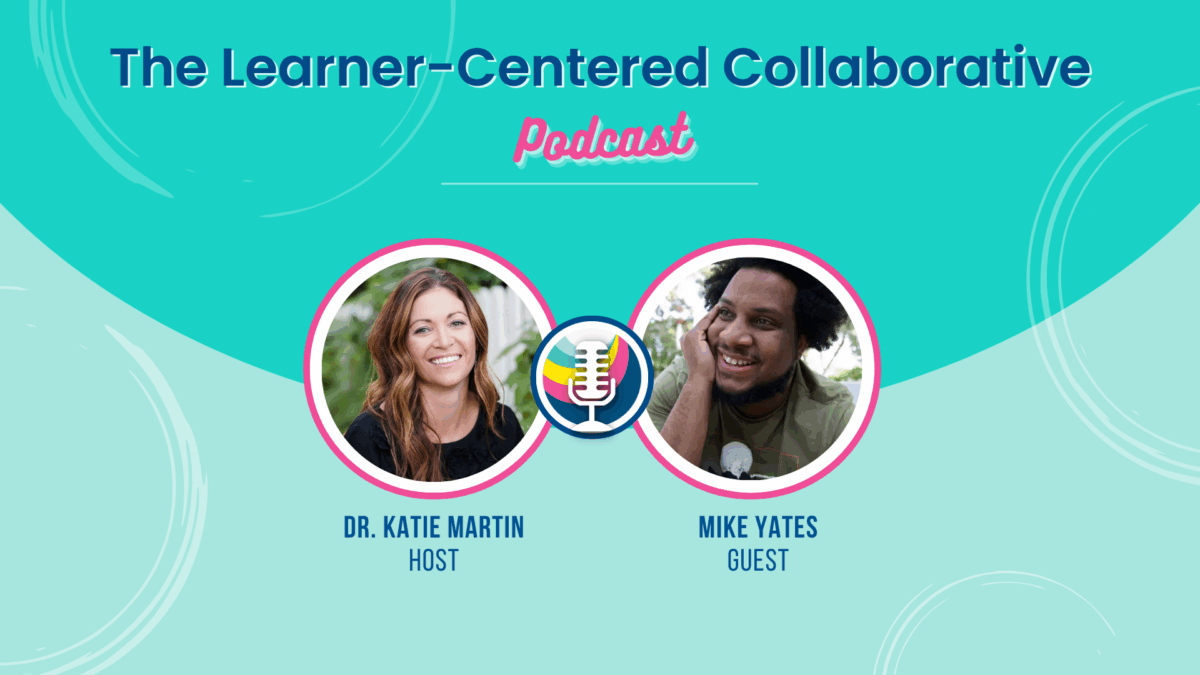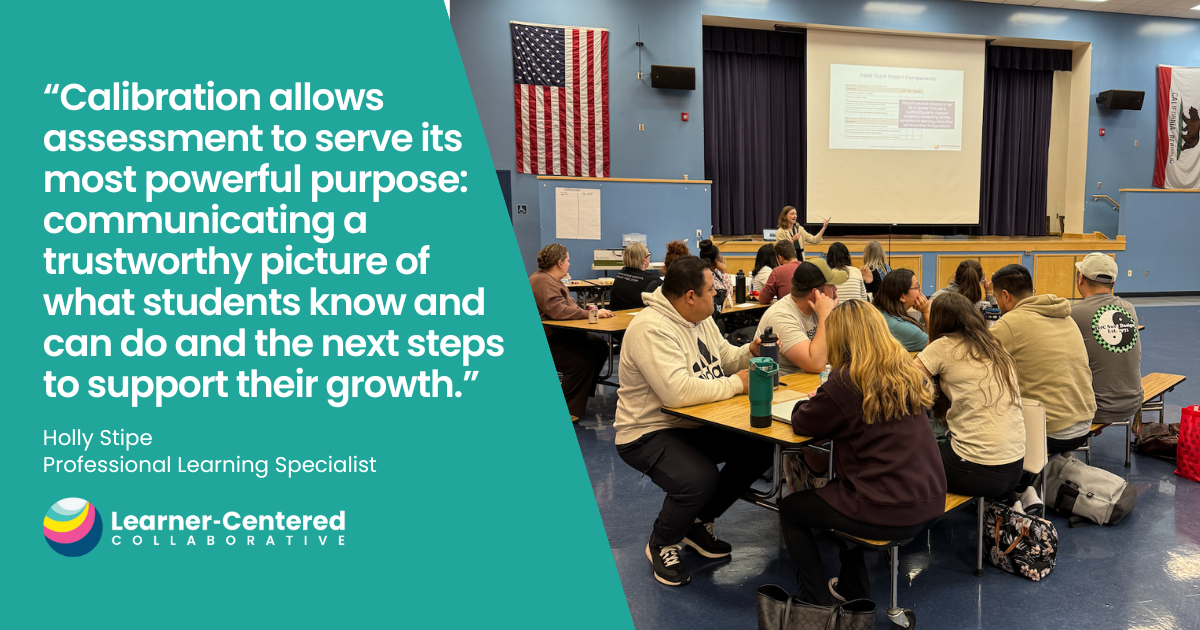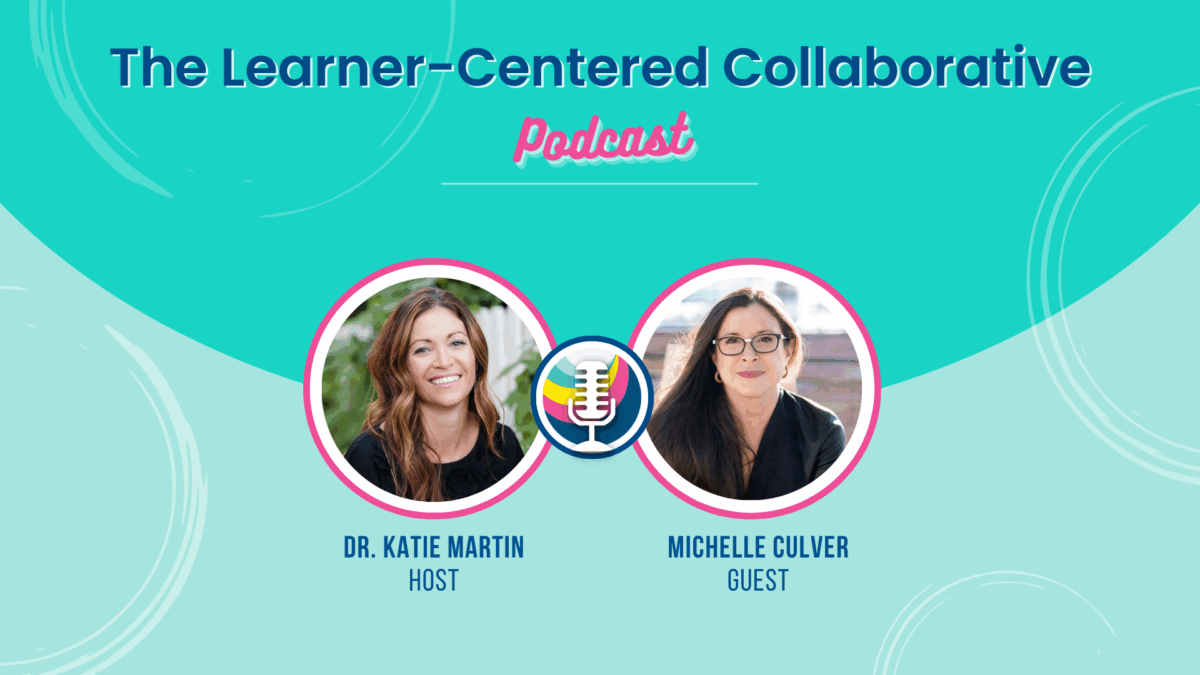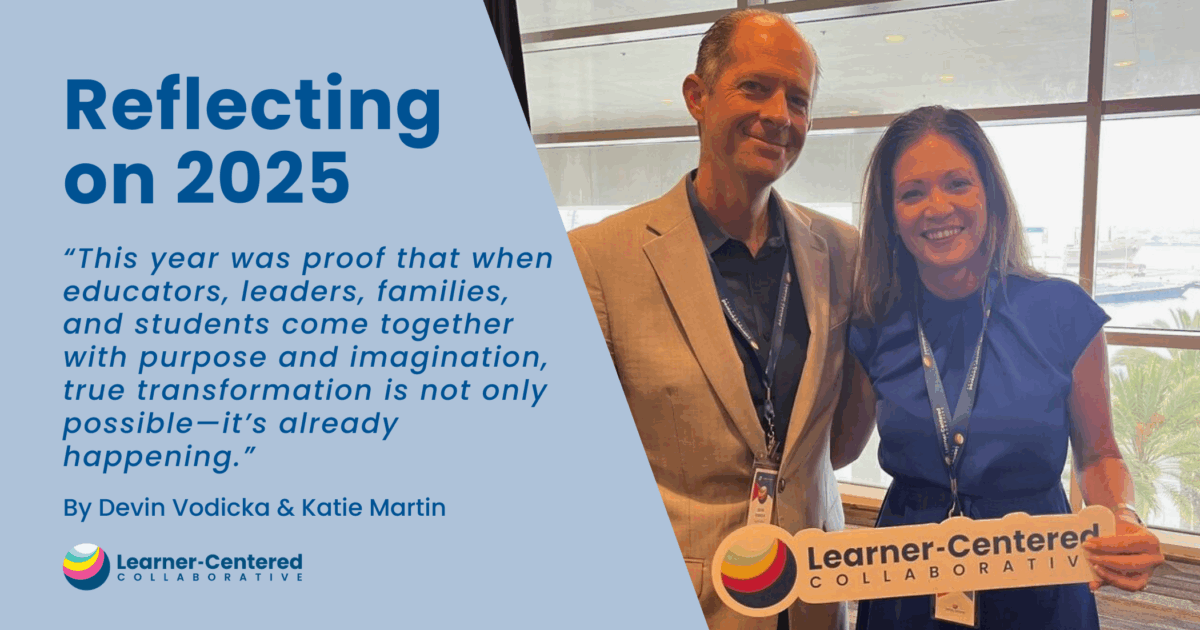3 Key Elements for Cultivating a Learner-Centered Culture

In our pursuit of transforming education and centering learners by design, we must get the culture right. But, where do we begin?
In our work with learning communities across the nation, the Learner-Centered Collaborative team has found three key elements that must be addressed, no matter the context, for a learner-centered culture to thrive: mindsets and beliefs, relational trust, and collective efficacy.
These are not just components of an educational strategy; they are the bedrock upon which we build a community that cherishes and nurtures every learner’s potential.
1. Nurturing Learner-Centered Mindsets and Beliefs
“The shift in the world begins with a shift in our thinking. Shifting our thinking does not change the world, but it creates a condition where the shift in the world becomes possible.” ~Peter Block
Transitioning from conventional, compliance-driven educational models to dynamic, learner-centered environments necessitates a profound shift in mindset. This transformation involves moving beyond the rigidity of standardization to embrace personalization and learner agency—where education is not something that happens to students (or educators) but something in which they actively participate.
At the core of this shift is the belief in the boundless potential of every learner. It’s about recognizing that educational experiences are most meaningful when tailored to individual needs, interests, and aspirations within a real-world context where meaningful challenges and opportunities abound.
Importantly, as Katie Martin notes, “shifting to a learner-centered paradigm is not just about adding more.” Yes, we are expanding our definition of what it means for a student to be successful in an educational environment, and that adds new dimensions to how we serve young people. But, those new dimensions are born from a change in how we see learners as whole people, rather than grades and test scores. By fostering environments that encourage young people to explore, question, and direct their learning, we empower them to become architects of their own futures.
Read More: 4 Key Shifts From School-Centered to Learner-Centered
2. Building Relational Trust
“Trust means you’re ready to risk what you currently have.” ~Rumi
The foundation of any thriving educational community is trust. Relational trust is built on the pillars of consistency, compassion, competence, and effective communication. Each of these elements is crucial in creating an atmosphere where students and educators feel secure, valued, and understood.
- Consistency ensures our actions align with our words, providing a stable and predictable environment.
- Compassion allows us to connect genuinely, showing that beyond our roles as educators, we are allies in our students’ journeys.
- Competence demonstrates our ability to meet challenges effectively, reinforcing our community’s confidence in our educational mission.
- Communication binds these elements together, ensuring that every voice is heard and valued.
By weaving these elements into the fabric of our interactions, we cultivate a culture where meaningful relationships can flourish, paving the way for collaborative and transformative educational practices.
Read More: The Four Elements of Trust
3. Fostering Collective Efficacy
“Alone we can do so little; together we can do so much.” ~Helen Keller
At the heart of driving effective change is the belief in our collective capability to overcome challenges and achieve extraordinary outcomes. Collective efficacy instills confidence across our teams that we can enact meaningful change and positively impact every learner’s educational experience.
It involves setting clear goals, celebrating small victories, and learning from setbacks. When educators believe in their collective strength, they are more likely to embrace innovative practices, persist through difficulties, and commit to continuous improvement. Our role as leaders is to nurture this belief and champion a vision that is shared and supported by every member of our community.
The integration of learner-centered mindsets and beliefs, relational trust, and collective efficacy is critical as we strive to create educational environments that truly center learning and learners. These focus areas are interdependent, each reinforcing the others, and together, they form the foundation of a learner-centered culture that values individuality and fosters collective growth.
As we continue this journey, let us remain committed to these principles, ensuring our daily actions consistently reflect our visions, missions, and values for learner-centered transformation. By doing so, we not only enhance the learning experiences of our students but also build a resilient, inclusive, and innovative educational community where all learners know who they are and actively engage in the world as their best selves






